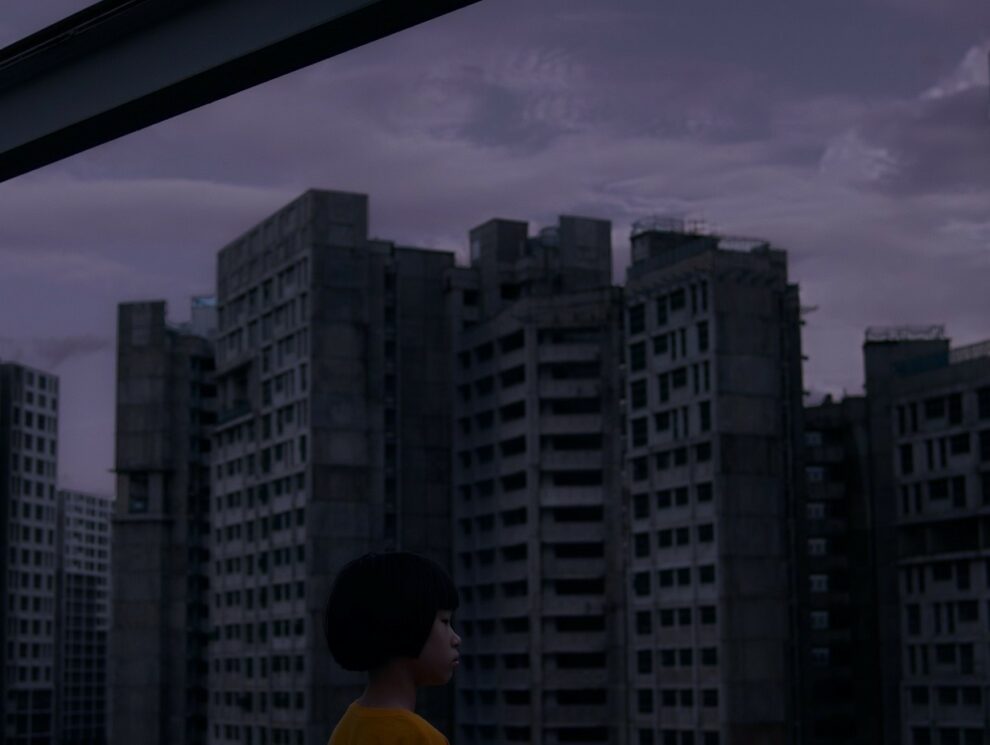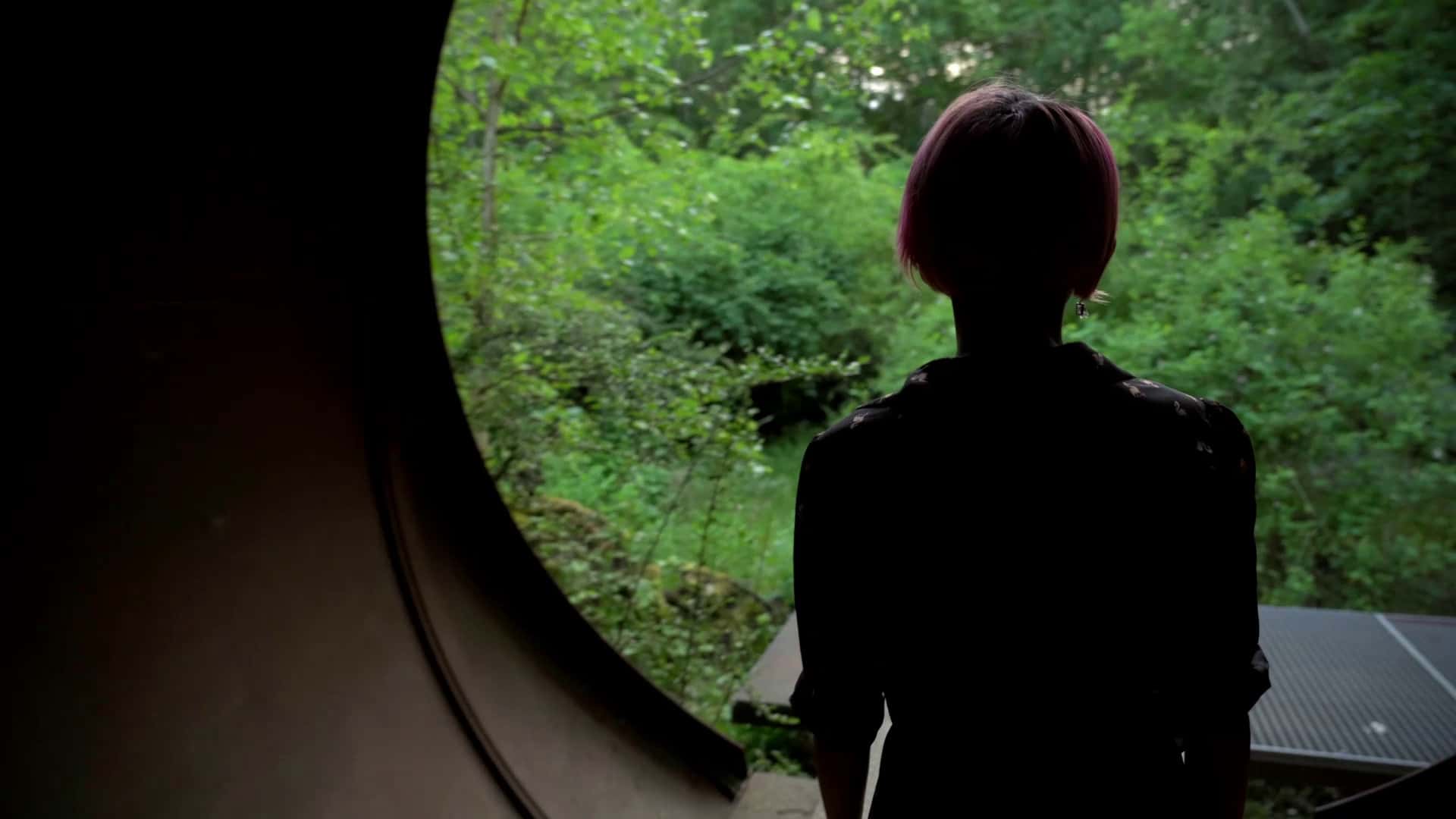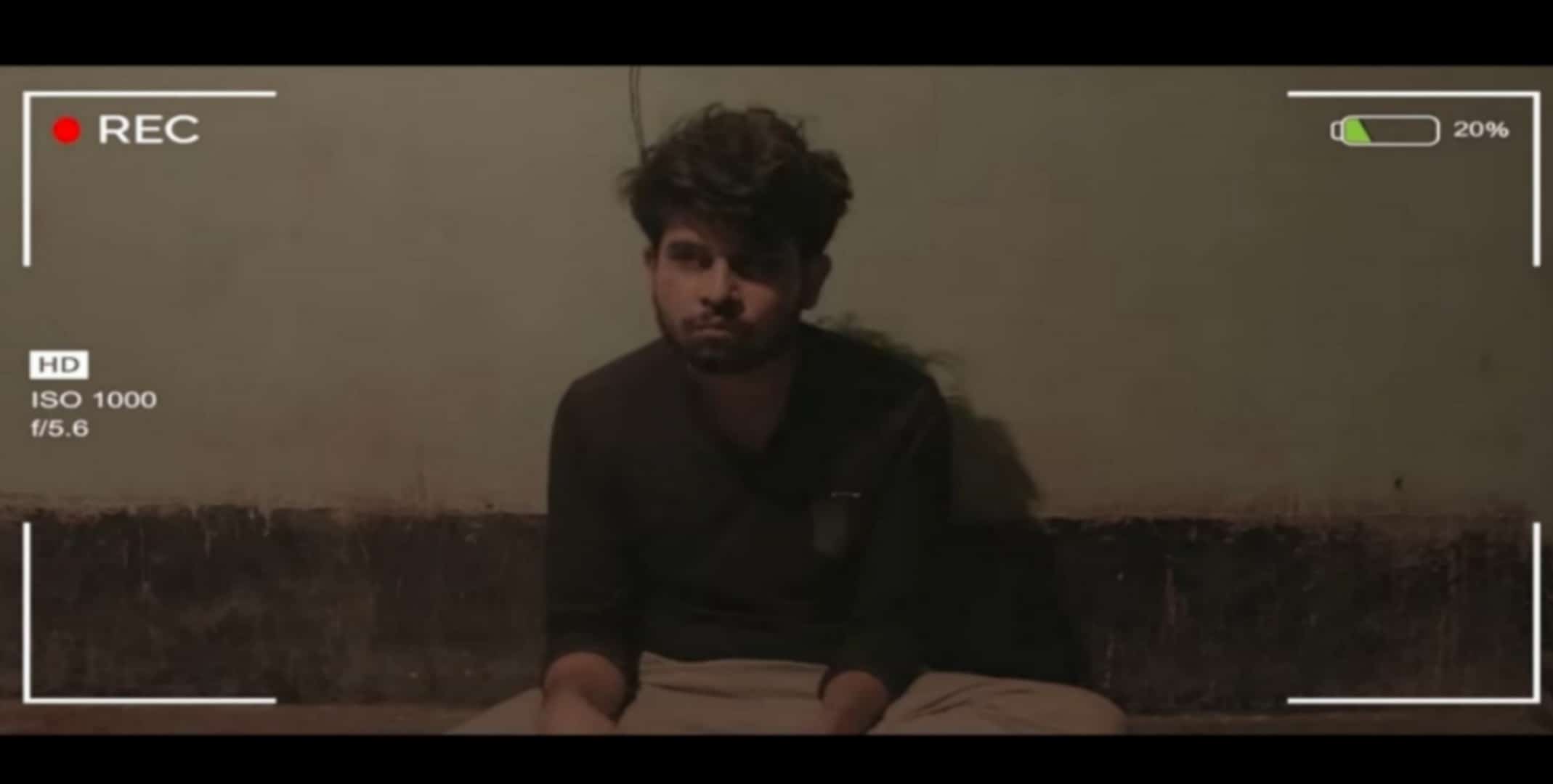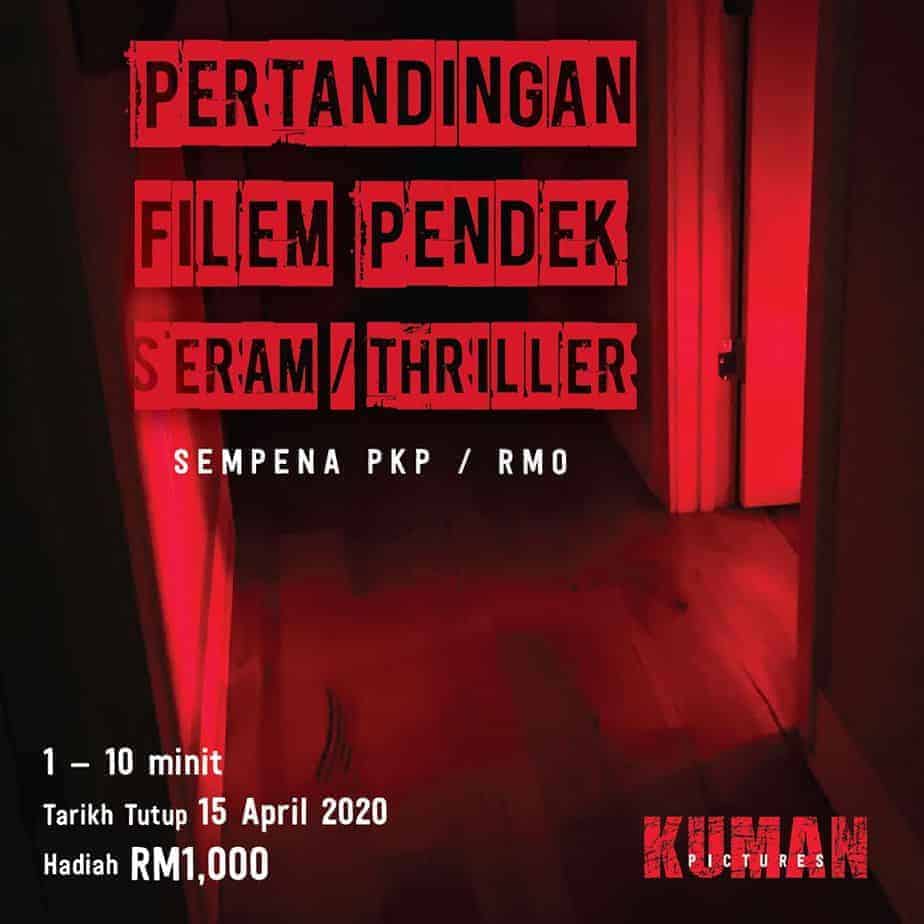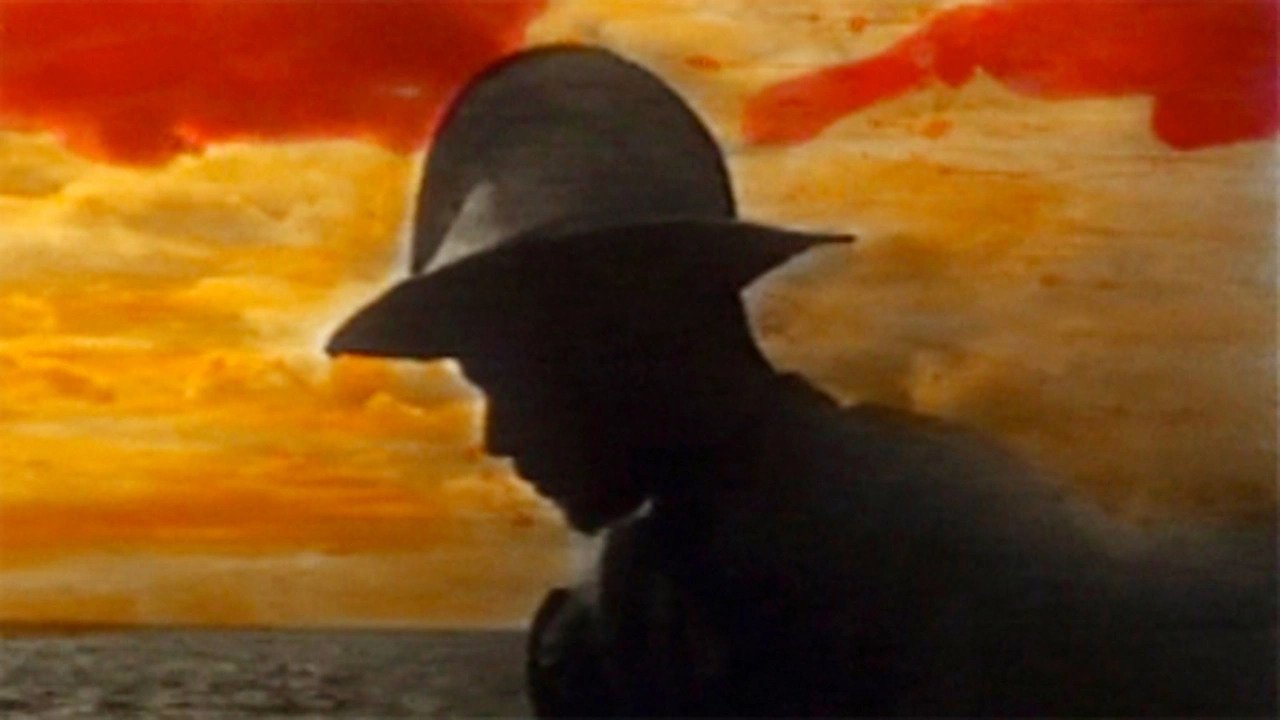In the city, every floor looks the same. Every corner finds itself constructed of the same old vernacular. Every action, every brick is installed in an unending repetition. Gladys Ng's newest short opens on the roads of Singapore, where atop a crane, a construction worker mechanically culls branches off a tree with a chainsaw. Tiptoeing with playful melancholy, “Every Floor Looks the Same” captures the dispassion of city childhood, with unmatched subtlety.
“Every Floors Looks the Same” is screening at Busan International Short Film Festival

Adopting an observational style, we ponder the world through the eyes of a pre-teen girl (Yang Hui Lin). Os' Singapore, is an angular playground of poppy colours and shapes. Its adults are wry, peculiar and confusing. Though not unhappy, Os (short for Osmanthüs) exudes a seeming aloofness. For the most part, she watches from the fringes, contemplating the behaviours and affectations of others. Her music teacher attempts to coax emotion into her erhu playing, to no avail. She only gazes at his adult expressions, a wall rising between them. The one thing she does engage with, however, is a hand drawn missing poster for a bird, leading her down an exploratory journey to find it.
A tonal exercise in memory, “Every Floor Looks the Same” is unforgettable for its keen symphony of sights and sounds. Observational scenes beg sentiment, but resist romanticizing the mundane. Between silent or turgid beats, the familiar Uncle Ringo carnival jingle loops noisily, happily, forcefully, desperately. Os' restlessness nudges at the strange plight of growing up Singaporean post-1980s; a flitting reminder of unexplained repulsion. Performing life and not knowing why. Gladys Ng's prodding comes latest in a long line of statements on urbanity and dissonance, a theme that has not only defined, but haunted Singaporean cinema. Milky visuals, interplaying washed out whites with candied colours, lend Os' exploits a manufactured look, as if tinted with sticky ink. Deliberately aestheticizing the locale, Nicole Chai's cinematography taps on uncomfortable symmetries as seen in the satirical “Tiong Bahru Social Club”, or even Min-Wei Ting's “I'm Coming Up”. Nothing feels real, because nothing here really is. Not the painted HDB blocks, nor the rusty carnival rides.
Yet unlike Singapore's bumper crop of shorts that recall teenagehood and its disappointments, Ng evades all the usual tricks. There are never any complicated family plots, prolonged closeups for drama, nor any pitiful shattering events of lost innocence. In a move some might consider risky, Ng examines the textures found in our urban environment, and through them, our resulting desensitization and detachment. Rather than be led by arcs, the story allows us to ebb and flow with Os' authentic impulses, wanting to ride a ferris wheel, to take fun photographs, craving but not finding connection with the simple events in her life. We peer together into void decks, yards, playgrounds. Often from behind a wall, a dark pillar. Or in an upturned angle, craning our necks for the sky. The frames ask us to see ourselves in Os. As if we were once her, a child wandering in confusion and utter unwilling detachment.
Ours is a city of enforced symmetry. Watching the camera spin away in the final scenes, as Louie Zong's synth notes danced along in a tragic crescendo, I wondered with earnesty if non-Singaporeans would grasp this film. A collection of sounds, images and feelings that I, as a Singaporean have never been able to fully articulate. But with “Every Floor Looks the Same”'s upcoming premieres at Busan Shorts and Oberhausen, one is surprised, and also comforted.


